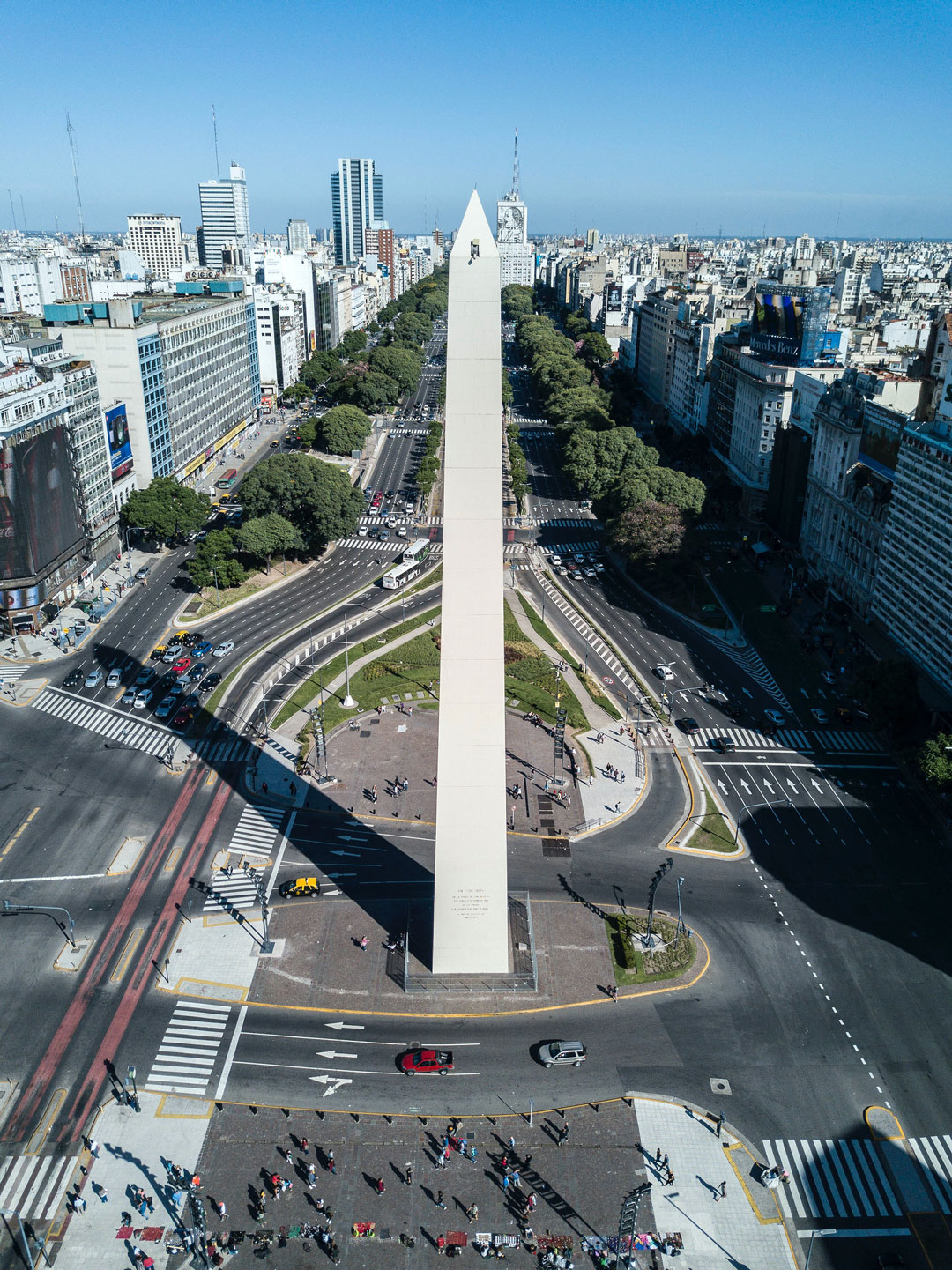The economic trajectories of China and Argentina from 2000 to 2022 present a study in contrasts. In this period, Argentina saw its consumer spending per capita increase by 26%, from USD 6622 to USD 8352 (Source). Meanwhile, China’s equivalent metric surged by a staggering 842%, from RMB 2914 in 2000 to RMB 24538 (Source). This differential, which reflects a 32-fold greater improvement in living standards in China compared to Argentina, prompts a deeper examination of the underlying factors.
Central to this disparity is the concept of economic sovereignty, more robustly exercised by China. The Chinese government’s centralized control over economic resources, including tax revenues, private savings, land ownership, and indigenous technological innovation, has been pivotal. This approach, amalgamating market economy benefits with mixed ownership (state, foreign, and private) of productive assets, has yielded notable results. A telling metric is the portion of GDP per capita translating into household disposable income. In China, this figure ranged between 63% to 73% in 2022, depending on the source (Source), dwarfing Argentina’s 32% (Source) and nearing America’s near-complete economic sovereignty at 98% (Source).
China’s economic sovereignty contrasts sharply with America’s, particularly regarding capital flight. In 2023, Chinese residents spent $209 billion less than their earnings in Q1-Q3, leading to a modest current account surplus, less than 2% of the national income. This development, largely unremarked by the International Monetary Fund (IMF) during its recent Article IV visit, coincides with downward pressure on the Chinese yuan and the People’s Bank of China selling $43 billion in foreign exchange reserves in Q3 2023 (Source). This scenario is further complicated by a capital and financial account deficit of USD 626 million in Q3 2023 and an ongoing trend of capital flight, with the fastest pace since 2015 (Source).
In contrast, Argentina, with an estimated GDP of USD 580 billion in 2022 — a mere 3% of China’s USD 17.9 trillion — witnessed a quarterly capital flight of USD 7.6 billion, significantly higher than China’s (Source). This trend underscores the lack of governmental control over capital movements in Buenos Aires, a stark difference from Beijing’s approach.
Argentina’s new president, Javier Milei, an anarcho-capitalist, faces daunting economic challenges. Despite a high tax level, the country grapples with a central government budget deficit exceeding 4% of GDP. Public sector employment surged by 34% from 2011 to 2022, while private sector jobs grew only 3%, leading to an almost 38% share of the economy for the public sector (Source). Milei’s administration aims to reduce transfers to provincial governments, increase import taxes to 17.5%, and restore previously cut personal income taxes. These measures, alongside spending cuts, are intended to balance the budget, with special provisions to mitigate the impact on the impoverished population (Source).
However, these steps may fall short in restoring Argentina’s economic sovereignty, a goal exemplified by China over the past four decades. Without significant changes, Argentina faces the daunting challenge of curbing its recently recorded 1000% annual decline in the Peso and tackling inflation, which is projected to reach 210% by the end of 2023 (Source). This comparison underscores the critical importance of economic sovereignty as a linchpin for sustainable development and financial stability.
